Allergy Relief: Top 5 Natural Remedies
Seasonal allergies plague millions of Americans every year. According to the American Academy of Allergy Asthma & Immunology, about 8% of Americans over the age of 18 suffer from hay fever each spring.
There are many OTC medications available to support the condition- antihistamines, decongestants, mast stabilizers, or corticosteroids, but these medications may cause side-effects which worse than the symptoms they aim to address.
There are many useful plant-medicines available for mediating hay fever that address the cause of the issue, rather than just the symptoms.
In this article, I’ll cover five of the most reliable and well-studied herbs for managing allergic rhinitis (runny nose), urticaria (hives), and other common allergy symptoms.
What Causes Allergies?
Allergies are an immune reaction. When an allergen, such as pollen or dust, enters the body, the immune system is responsible for identifying it, marking it for disposal, and sending in the troops to take care of it.
When we experience allergies, our immune system has an exaggerated response. It essentially goes into hyperdrive causing an immune response far more exaggerated than what’s needed for that particular allergen. We feel fatigued, stuffy and fuzzy headed. Our skin can become red and irritated.
How Herbs Can Help Alleviate Allergies: Top 5 Anti-Allergy Herbs
Herbs are excellent regulators. They contain dozens, if not hundreds, of active ingredients that interact with the body in useful ways.
Some herbs help alleviate allergy symptoms by dampening hyperactive immune responses; others block specific symptoms like swelling or inflammation.
Here are five of the most effective anti-allergy herbs available, with a brief description about how each one works.
1. Eyebright
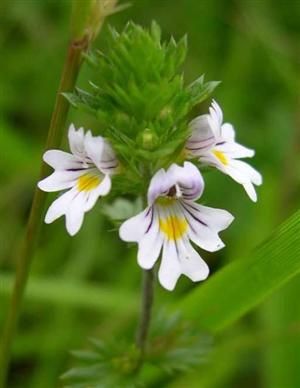
Eyebright (Euphrasia officinalis) is a small, flowering herb native to Europe. It has a long history of use in traditional herbal medicine for managing eye conditions (hence the common name).
This herb is rich in two potent anti-allergy compounds called luteolin and quercetin. These compounds have been shown to inhibit the activation of mast cells [1] — which are a key component of the allergic response.
If a mast cell detects an allergen it ruptures causing a release of inflammatory messengers contained inside. These messengers trigger the allergic response. By stabilizing the mast cells, eyebright can help prevent allergy symptoms before they begin.
2. Stinging Nettle
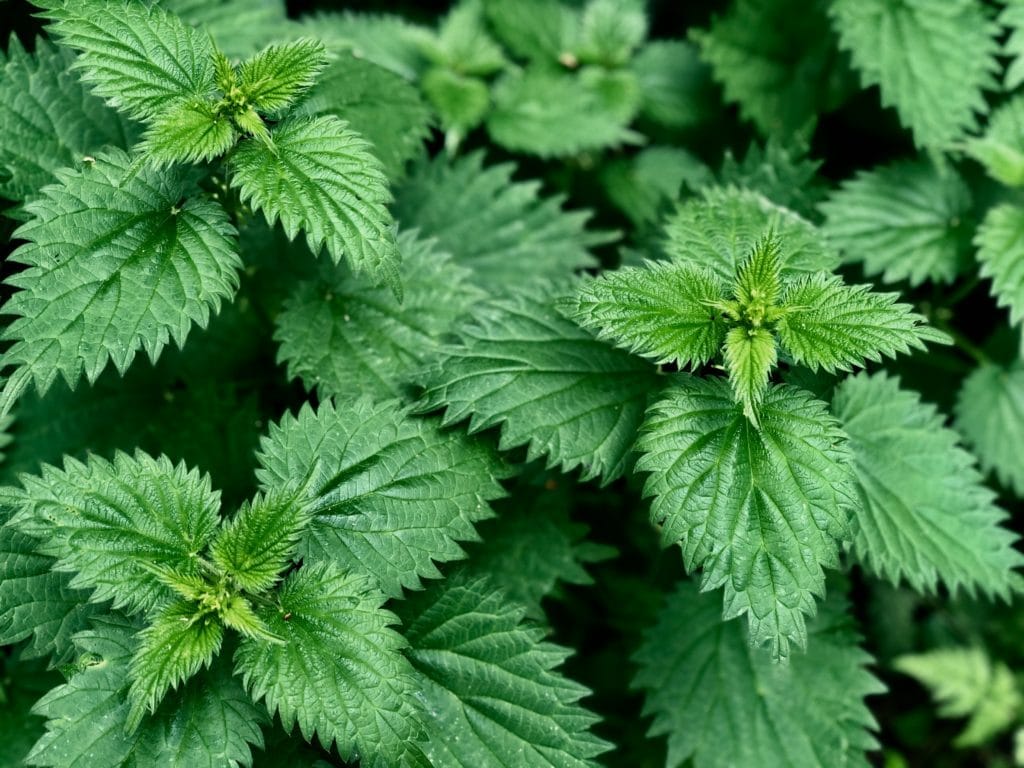
Stinging nettle (Urtica dioica) is considered a weed in most places. Like most weeds, this herb is misunderstood. It’s useful for managing conditions like arthritis, inflammation, indigestion, and hay fever.
The leaves of the stinging nettle plant are covered in tiny hairs. These hairs contain a variety of compounds, including both histamine and serotonin. When we brush against stinging nettle, these hairs trigger an allergic reaction that makes the skin feel itchy and forms hives.
Ironically, the same compounds that trigger an allergic reaction on the skin can help alleviate allergies when consumed as a tea or tincture (extract). Studies have shown that stinging nettle extracts can inhibit the activation of histamine receptors and blocks the effects of key inflammatory molecules such as prostaglandins and leukotrienes [2].
3. Quercetin
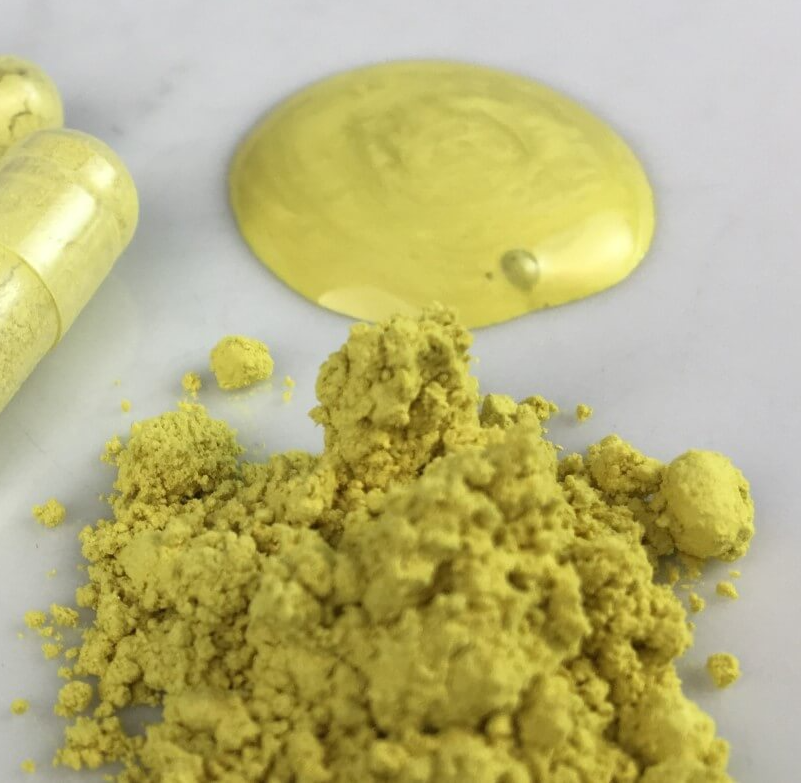
Quercetin is a naturally occurring flavonoid found in onions, apples, and a wide variety of herbs (including eyebright, as mentioned earlier).
This compound has been shown to actively reduce symptoms of allergic reaction in the lungs and skin, as well as prevent the activation of mast cells involved in the allergic response [3,4].
The only problem with quercetin is that it’s poorly absorbed through the digestive tract. Most manufacturers mix quercetin with another plant-extract called bromelain to improve absorption and enhance the effectiveness of this useful compound.
4. Magnolia
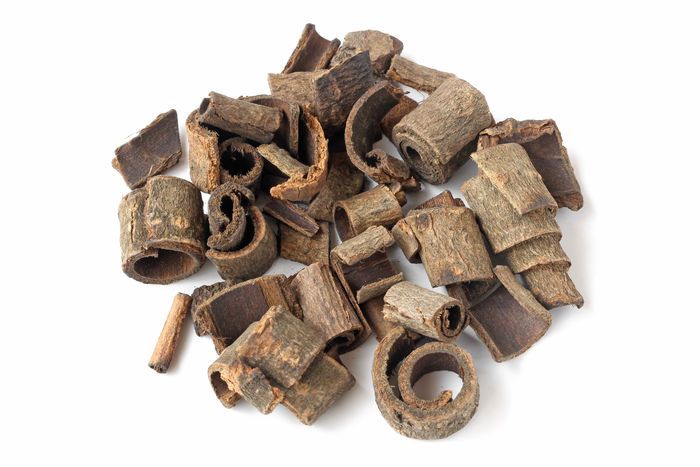
Magnolia (Magnolia officinalis) is a popular herb in traditional Chinese medicine where it’s referred to as Xin Yi Hua. TCM magnolia is used to manage runny nose, congestion, sinus headaches, and phlegm — all of which are common symptoms of hay fever and allergies.
The bark of the magnolia tree contains two important chemicals — honokiol and magnolol. Both of these compounds have been shown to provide reliable antioxidant and anti-inflammatory effects [5]. Animal studies have shown that magnolia extracts inhibit an immunoglobulin called IgE — which is intimately involved in hypersensitivity (allergic) reactions [6].
5. Xanthium
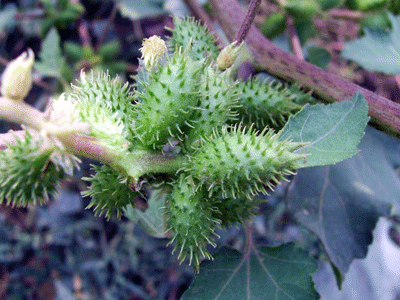
Xanthium (Xanthium strumarium) is a popular traditional Chinese herb for managing allergy symptoms. It’s more commonly referred to as Cang Er Zi in TCM and is a common ingredient in anti-allergy formulas.
Like many of the best anti-allergy herbs, xanthium is considered an invasive weed (a common trend with medicinal herbs).
Xanthium contains a compound called caffeoyl-anthocyanoside, which has been studied for its ability to regulate allergic rhinitis (stuffy nose) and hives. One study found administration of xanthium prior to exposure to allergens reduced allergy symptoms and IgE levels [7].
Final Thoughts: Best Herbs for Allergies
Allergies and hay fever are frustrating — to say the least. Right when the season starts to warm up, we’re hit with a flurry of symptoms involving runny nose, lethargy, coughing or sneezing, and itchiness in the skin and throat.
Herbal medicine has a lot to offer us in terms of relief from allergy symptoms.
Herbs like stinging nettle, eyebright, and other sources of quercetin can help prevent the degranulation of mast cells that lead to allergies, and traditional Chinese medicinal herbs like xanthium and magnolia provide relief from runny nose, phlegm, and other allergy-related symptoms.
For More Info:
To learn how you can manage your allergy symptoms naturally, please contact us our office at 650-564-9002, where we can provide you a list of options including acupuncture, the herbs listed above, or customized solution to meet your needs.
References
- Shaik, Y., Caraffa, A., Ronconi, G., Lessiani, G., & Conti, P. (2018). Impact of polyphenols on mast cells with special emphasis on the effect of quercetin and luteolin. Central-European journal of immunology, 43(4), 476.
- Roschek Jr, B., Fink, R. C., McMichael, M., & Alberte, R. S. (2009). Nettle extract (Urtica dioica) affects key receptors and enzymes associated with allergic rhinitis. Phytotherapy Research: An International Journal Devoted to Pharmacological and Toxicological Evaluation of Natural Product Derivatives, 23(7), 920-926.
- Jafarinia, M., Sadat Hosseini, M., Kasiri, N., Fazel, N., Fathi, F., Ganjalikhani Hakemi, M., & Eskandari, N. (2020). Quercetin with the potential effect on allergic diseases. Allergy, Asthma & Clinical Immunology, 16, 1-11.
- Jafarinia, M., Sadat Hosseini, M., Kasiri, N., Fazel, N., Fathi, F., Ganjalikhani Hakemi, M., & Eskandari, N. (2020). Quercetin with the potential effect on allergic diseases. Allergy, Asthma & Clinical Immunology, 16, 1-11.
- Wang, J. P., Hsu, M. F., Raung, S. Z., Chen, C. C., Kuo, J. S., & Teng, C. M. (1992). Anti-inflammatory and analgesic effects of magnolol. Naunyn-Schmiedeberg’s archives of pharmacology, 346(6), 707-712.
- Shin, T. Y., Kim, D. K., Chae, B. S., & Lee, E. J. (2001). Antiallergic action of Magnolia officinalis on immediate hypersensitivity reaction. Archives of pharmacal research, 24(3), 249-255.
- Peng, W., Ming, Q. L., Han, P., Zhang, Q. Y., Jiang, Y. P., Zheng, C. J., … & Qin, L. P. (2014). Anti-allergic rhinitis effect of caffeoylxanthiazonoside isolated from fruits of Xanthium strumarium L. in rodent animals. Phytomedicine, 21(6), 824-829.




